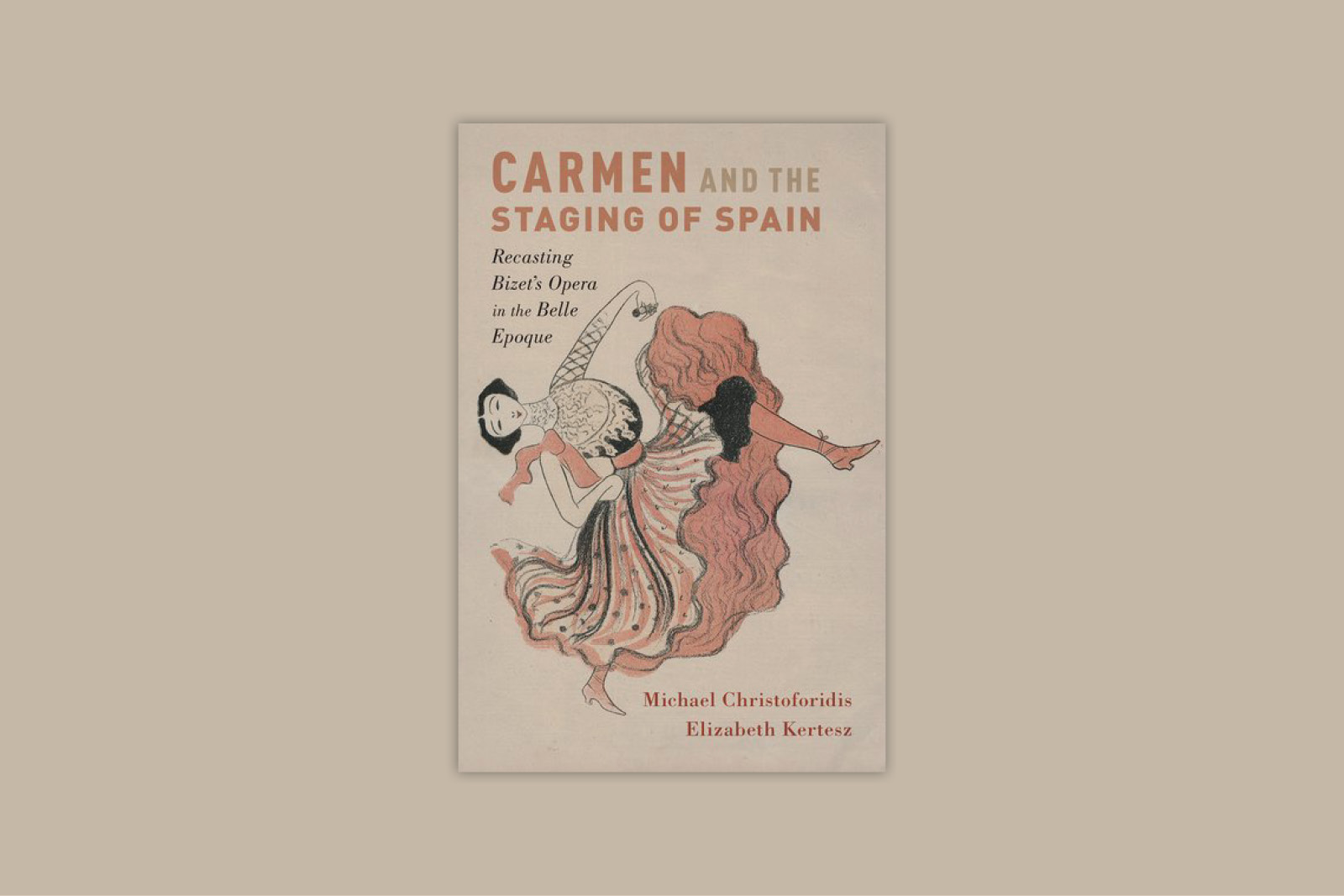By Michael Christoforidis and Elizabeth Kertesz
Oxford University Press, 2019, 328pp
ISBN 9780195384567
Buy online from Booktopia
Few operas have had the same impact as Bizet’s Carmen. Since its 1875 Paris premiere, Carmen has toured the world, becoming one of the most performed operas ever. One philosopher described the famous Habañera melody from Act I as a “primeval quotation which sounds familiar to everyone hearing it for the first time”.

As the University of Melbourne-based scholars Michael Christoforidis and Elizabeth Kertesz remind us, when Carmen reached its one-thousandth performance at France’s Théâtre de l’Opéra-Comique in 1904, it “became a recognised part of France’s cultural patrimony” and was included on the nation’s heritage register. Indeed, Christoforidis and Kertesz’s Carmen and the Staging of Spain argues that Bizet’s most famous work is not so much a Spanish opera but rather an operatic representation of Spanish customs, costumes, characters, and styles of music and dance.
By the time of Cecil B. DeMille’s silent film of Carmen in 1915 starring Geraldine Farrar in the title role, the work had already undergone a whole series of evolutions and reimaginations; its notoriously unsuccessful 1875 premiere was just one incarnation, and a Parisian one at that.
The book goes on to explore the international staging of Carmen, and examines different waves of Hispanophilia that swept through cultural scenes throughout the world, showing how audiences attended productions starring the many great Carmens – including Emma Calvé, Minnie Hauk, Maria Gay, Geraldine Farrar, and others – hoping to be transported to an imaginary Spain. So influential was Carmen on the world’s image of Spain that Spanish composers themselves began to conform to French-style stereotypes of Spanish music in order to boost their popularity.
As the authors note, while Carmen “was French in both conception and composition, its creation was shaped by the affairs of Spain and what were by that stage long-standing representations of the country’s culture” in the operatic scene of places such as New York, London, Paris, and beyond.
“Over the next forty years,” argue Christoforidis and Kertesz, “as Carmen was produced internationally, the Spanishness of its settings and characters was progressively reimagined, as performers, designers, and directors responded to the fashions for Spanish style that added a unique coloration to the Belle Époque” – the French and European ‘Golden Age’ from the late 19th century until the outbreak of the First World War.
The authors contrast the international staging of Carmen with debates around national identity and culture in Spain itself. They explore how the opera was both produced and received by audiences in Madrid and Barcelona. The latter, more European of the two cities, tended to not have the reservations of the capital city, Madrid, where a growing Andalusian population had brought with it folk music traditions in the form of flamenco, and which found the representations of Carmen to be both unflattering and stereotypical.
There is much else of interest in Carmen and the Staging of Spain, including over 70 illustrations, publicity photographs, and sketches for various stage designs collected from far and wide. It is a scholarly work, and demands a degree of background knowledge, but it will nevertheless appeal to enthusiasts and connoisseurs of Carmen, opera, and 19th-century French and Spanish music history.











Comments
Log in to join the conversation.